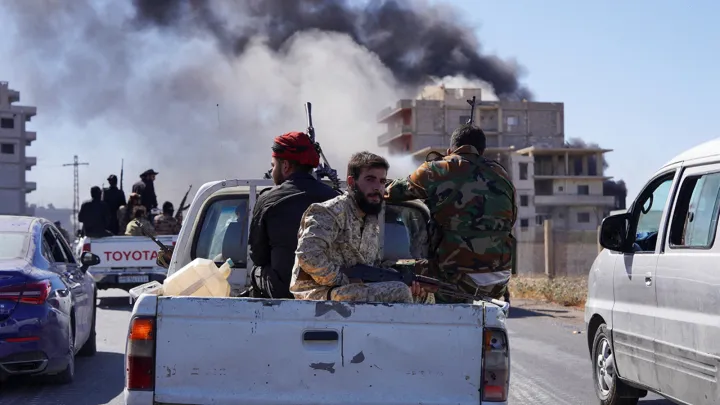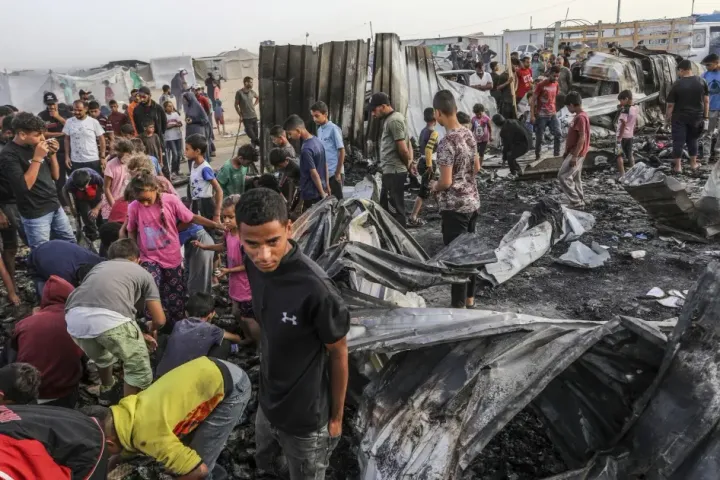Hamas Proposes New Terms for Gaza Ceasefire
An official statement from Hamas confirms they have not rejected the US ceasefire proposal, but request substantial revisions and are ready to hand over Gaza to the national Palestinian authority.

A major shift has occurred in the dynamics of the Gaza conflict after Hamas openly declared they do not reject the ceasefire proposal facilitated by US special envoy Steve Witkoff. In an announcement in early June 2025, Hamas affirmed their openness to ending the bloody conflict, but called for several fundamental changes to the proposal to ensure the interests and protection of the Palestinian people are upheld. This new stance also includes Hamas’ willingness to hand over control of Gaza to a national Palestinian authority agreed upon by all factions, marking a new chapter in reconciliation and efforts to resolve the protracted conflict in Gaza.
Details of the US Ceasefire Proposal and Hamas Demands
The initial proposal from Steve Witkoff required both sides to observe a 60-day ceasefire, with Israel releasing 1,500 Palestinian prisoners—including those sentenced to life imprisonment and Hamas freeing 10 Israeli hostages and returning 18 bodies of hostages. Furthermore, the negotiation process was designed to lead toward a permanent ceasefire in Gaza through international diplomatic mediation.
Hamas deemed the proposal insufficient to guarantee a total end to the conflict. They demanded a clear commitment to ending all Israeli military operations in Gaza, a complete withdrawal of Israeli troops, and unhindered humanitarian aid access for the besieged territory. These demands were presented as part of their efforts to protect the rights of Palestinian civilians and prevent a recurring cycle of violence.
US and Israeli Response to Hamas Proposals
The US government, via Steve Witkoff, rejected Hamas’ requests for changes, declaring them totally unacceptable and urging Hamas to accept the original framework as a basis for further talks. Meanwhile, Israeli Prime Minister Benjamin Netanyahu stated that Israel had already accepted the US-proposed framework and blamed Hamas for obstructing peace by continually adding new demands.
Israel insists their core condition remains unchanged: the war will only end if Hamas is fully disarmed and removed from power in Gaza. The uncompromising positions of both sides remain the biggest obstacle to achieving lasting peace in the region.
Hamas Ready to Hand Over Gaza to Palestinian Authority
One of the most significant developments in Hamas’ proposal is their readiness to transfer control of Gaza to the Palestinian National Authority, specifically to a Unity Government agreed upon by all factions. This move aligns with the Beijing Declaration in July 2024, where Hamas, Fatah, and other groups agreed to form an interim administration for Gaza and the West Bank in the post-conflict era.
Hamas’ conditions include retaining existing civil servants or providing them with guaranteed pensions and ensuring an inclusive, fair government for all Palestinians. This transition process is hoped to provide a solution for the humanitarian crisis and open the path to reconstruction in Gaza.
On the Ground and the Outlook for Peace
Humanitarian conditions in Gaza continue to deteriorate, with more than 54,000 casualties since Israel’s offensive began in 2023. Restricted access to aid and a tight blockade have exacerbated civilian suffering. This dire situation intensifies the urgency for all parties to reach a political solution and end Palestinian suffering.
With ongoing sharp differences in demands between Hamas, Israel, and international mediators, realizing a comprehensive ceasefire still requires intensive diplomacy and significant adjustments from all parties. However, Hamas’ readiness to enable a transitional government marks an important momentum that could change the trajectory of the Gaza conflict toward a more peaceful future.





Comments ()